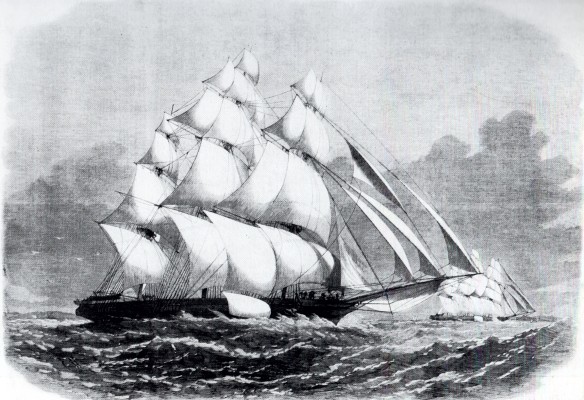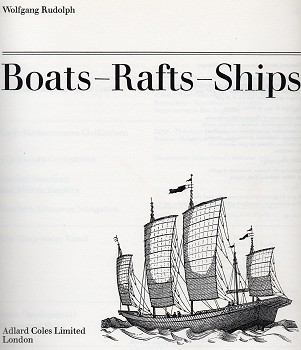Page 128
Lithographs of gripping scenes of
clipper
sailing - such as the finish of the Tea Race
between "Ariel" and "Taeping" in 1866,
became in the 1850s and 1860s some of
the main features of illustrated newspapers
and magazines in Great Britain and, the U.S.A.
Produced in large editions and widely
distributed, they also became popular as domestic
decorations.
To this day one of these prints occasionally
turns up in some remote place on the
European coast, whence they had been
brought by sailors returning home, who
had bought them in the souvenir stores of
Liverpool, London, Antwerp or
Hamburg.
|

|


